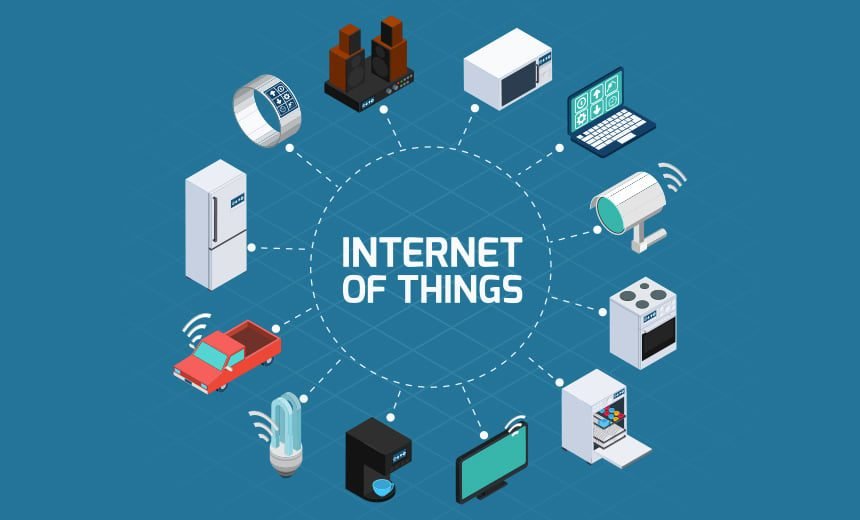
What is the history of the Internet of Things?
The idea of adding sensors and intelligence to basic objects was discussed throughout the 1980s and 1990s (and there are arguably some much earlier ancestors) but apart from some early projects — including an internet-connected vending machine — progress was slow simply because the technology wasn’t ready. Chips were too big and bulky and there was no way for objects to communicate effectively.
Processors that were cheap and power-frugal enough to be all but disposable were needed before it finally became cost-effective to connect up billions of devices. The adoption of RFID tags — low-power chips that can communicate wirelessly — solved some of this issue, along with the increasing availability of broadband internet and cellular and wireless networking. The adoption of IPv6 — which, among other things, should provide enough IP addresses for every device the world (or indeed this galaxy) is ever likely to need — was also a necessary step for the IoT to scale.
The IoT (Internet of Things) is a network of devices that are connected to each other. Their devices can interact and share data with each other. These devices may be connected via Wi-Fi, and they share data about their environments and how they are being used. These devices have a computer chip that facilitates this exchange.
It is predicted that more than 41 billion devices powered by IoT will be used by 2025.
IoT not only enables the connection between different devices but also their remote access. For example, you lock doors of your car remotely, preheat your ovens and geysers. The Fitbit that you use for tracking the number of calories you burn also runs on IoT technology. IoT chips embedded on machines help businesses to assess the performance of those machines and assist in their maintenance
Learning this latest technology will help you find jobs such as:
- IoT Software Developer
- System Design Engineer
- IoT Product Manager
- IoT Research Developer
- IoT Solution Architect

Top 9 IoT Real World Applications
- Agriculture and Pest Control
- Environment
- Smart Home Applications
- Health Care
- Smart Cities
- Safe Driving
- Waste Management
- Tackling Industrial Issues
- Supply Chain
What are the benefits of the Internet of Things for business?
The benefits of the IoT for business depend on the particular implementation agility and efficiency are usually top considerations. The idea is that enterprises should have access to more data about their own products and their own internal systems, and a greater ability to make changes as a result.
